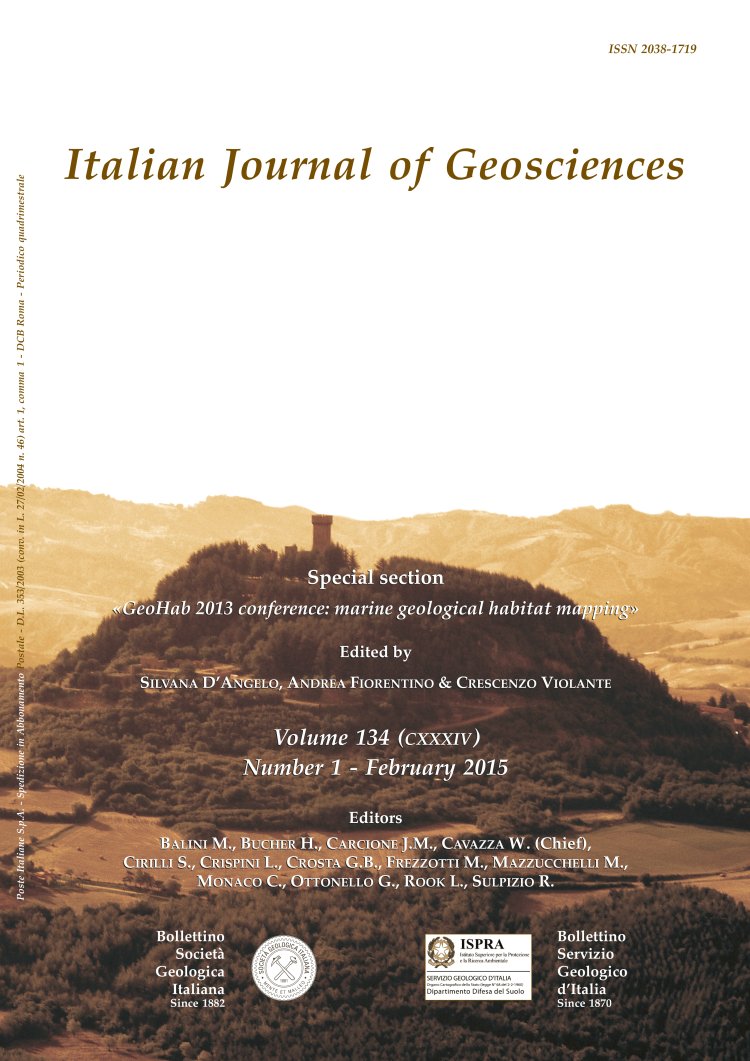
Comparison of supervised and unsupervised automatic classification methods for sediment types mapping using multibeam echosounder and grab sampling
Ibon Galparsoro (*), Xabier Agrafojo (*), Marc Roche (**) & Koen Degrendele (**)
(*) AZTI-Tecnalia; Marine Research Division; Herrera Kaia, Portualdea z/g - 20110 Pasaia (Spain). Corresponding author's e-mail: igalparsoro@azti.es. Tel: +34 667174450.
(**) FPS Economy, S.M.E.s, Self-employed and Energy. Quality and Security. Continental Shelf; Bd du Roi Albert II, 16 - 1000 (Belgium).
Volume: 134 (2015) f.1
Pages: 41-49
Abstract
Multibeam echosounder (MBES) systems are effective seabed mapping tools due to their simultaneous bathymetry and backscatter data acquisition. The acoustic response of the seafloor can be used to infer some of the physical characteristics of the sediment.
However, further development and formalization of the methodology is still required. This investigation evaluates the ability to perform an automatic classification of sediment types with MBES data by using both unsupervised and supervised (with in situ sediment samples) digital image classification algorithms.
The case-study focussed on an area near the Basque coast, northern Spain (SE Bay of Biscay). The seafloor morphological aspects were calculated from a digital elevation model derived from datasets acquired with a SeaBat 7125 MBES, while the backscatter information was recorded with an EM3002D MBES. The parameters considered for the automatic classification were seabed rugosity, slope, backscatter amplitude mean level and backscatter variance. A total of 58 sediment grab samples were used for supervised automatic classification training and validation. Results showed that supervised classification obtained higher precision than the unsupervised classification (76.9% and 30.8%, respectively) and higher reliability (0.7 and 0.2, respectively). According to these results, the unsupervised classification could be considered useful as a first estimate of the spatial distribution of seafloor types, but should only be used in studies where in situ samples are not available. In contrast, supervised classification demonstrated its ability to discriminate more sedimentary facies than the unsupervised classification and was especially effective in areas where the seabed displayed heterogeneous features and multiple sediment types. The result of this investigation confirms the potential of MBES and automatic classification algorithms for the production of classified maps of sedimentary types, with sufficient reliability for different applications, including management purposes.
Keywords
Get Full Text